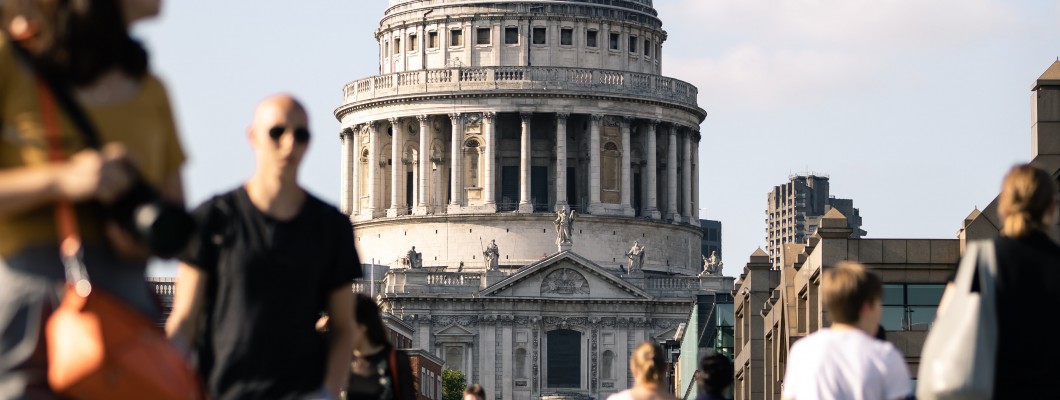
What is Active Travel?
Active travel means making journeys in physically active
ways. This includes walking, wheeling (using a wheelchair or mobility aid),
scootering and cycling.
Active travel specifically refers to journeys that are not solely for the purpose of leisure or fitness. An active travel journey is a physical journey of at least 10 minutes.
What is Active Travel England?
Active Travel England (ATE) is the government’s executive agency responsible for making physically active travel the preferred mode of travel in England. £200 million has been designated, (February 2023), to support the creation of bike and walking routes, and to provide a boost for local economies.
Advantages of Active Travel
There are many advantages to active travel.
Cheaper journeys: Not paying for fuel for journeys can significantly
reduce monthly costs. Vehicle
maintenance costs will also be reduced due to less wear and tear.
No pollution: Not using traditional fossil fuel powered
vehicles reduces air and noise pollution, creating safer and more enjoyable environments
for all.
Socialising: Engaging with others can reduce loneliness and
create stronger communities.
Health improvements: Cycling for 20 minutes or walking for
30 minutes each day significantly reduces mortality risks according to a recent
report
by the World Health Organization. Regular exercise, fresh air and spending time outside in nature are linked to
improved mental health and a better quality of life.
Reduced congestion: Not driving, where possible, will help
to ease congestion and create safer driving conditions.
Combat climate change: Reducing carbon emissions from travel is a key part of combatting climate change. Currently travel accounts for around 20% of global carbon emissions.
- The first thing to do is to look at the facilities you offer on site for your staff. Secure bike parking, changing room facilities and lockers to store a change of clothes will all enable staff to be able to consider taking an active route into work. Make sure your safety signs are clear and that road speeds on site are low. Where necessary set up pedestrian areas and make sure that pavements are clear and level.
- Create accessible routes onto your site and ensure they are regularly maintained. Tactile studs and tactile paving can assist with creating a safe environment for all.
- Offering the government run cycle to work scheme through your payroll can incentivise staff to purchase a bike, saving them up to 48% on a new bike.
- Create an active travel community for staff to join. Consider offering rewards or perks for staff that travel actively.
- Simply sharing & displaying maps, safe travel routes and talking about the health benefits of active travel will create a dialogue and encourage those who may be reluctant to give it a go.
- Survey staff to find out their travel patterns and ask them what would help them to incorporate walking or cycling into their routine.
- Start a collective step challenge for the staff, perhaps to raise money for charity. This can incentivise people to find new ways of walking to up their step count.
- Encourage bike buddying for new cyclists, this can raise the confidence of a new rider and create a connection with another staff member that will encourage them to continue cycling.
- Having a small fleet of bikes that staff can use during breaks for short journeys, a basic bike mechanic kit and spare locks for use at the workplace, or even just a stock of free to use umbrellas for rainy days are useful practical considerations that make it easier for staff to make the active choice.
In short, inspire staff by making it easy for them to travel actively. Make accessibility a key priority on your site and always listen to your staff and try to meet their needs.



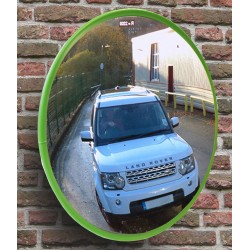
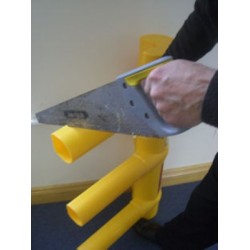





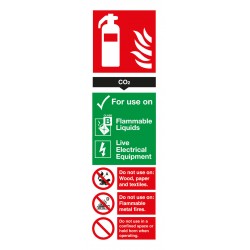


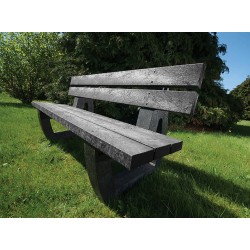

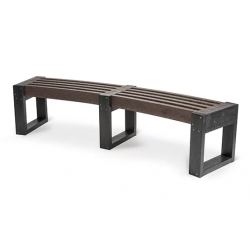



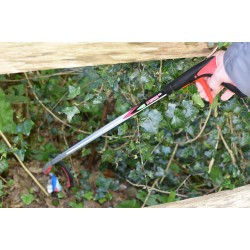
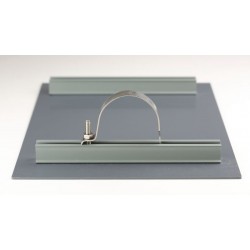



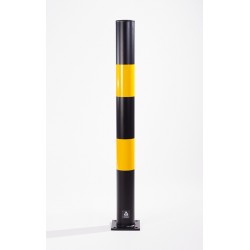
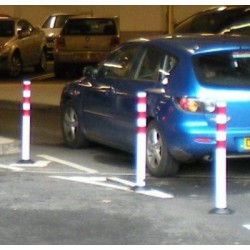
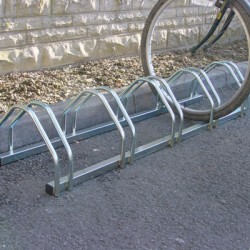
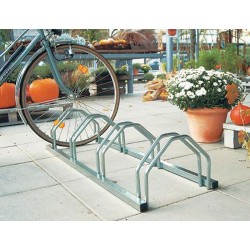
Leave a Comment